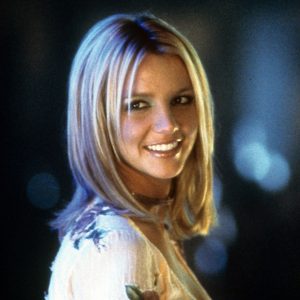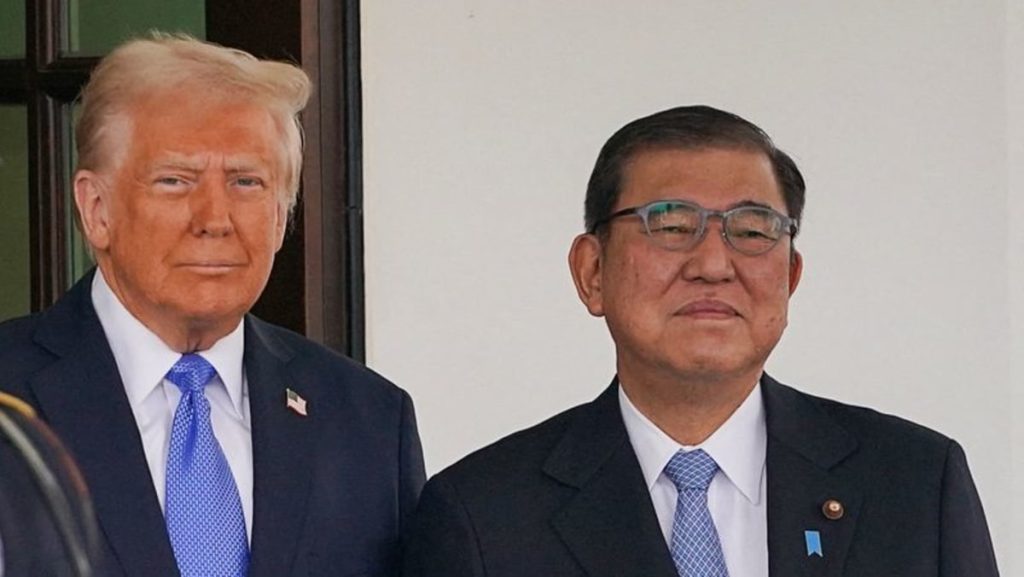The South China Sea Dispute: A Hotbed of International Tensions
Introduction to the South China Sea Conflict
The South China Sea has emerged as a focal point of international tensions, primarily due to China’s expansive territorial claims. Covering an area of approximately 3.5 million square kilometers, the South China Sea is not only rich in natural resources but also a critical maritime trade route, with an estimated $3.4 trillion in annual trade passing through it. China’s claim to nearly the entire sea, based on historical grounds, has been contested by several neighboring countries, including Vietnam, Malaysia, the Philippines, and Brunei. The 2016 ruling by the Permanent Court of Arbitration in The Hague, which invalidated China’s claims, was rejected outright by Beijing. This rejection has set the stage for ongoing disputes and power plays in the region.
China’s Stance and Response to US-Japan Statement
China’s response to the joint statement by the United States and Japan was swift and assertive. The statement, issued after a meeting between President Donald Trump and Prime Minister Yoshihide Suga, condemned China’s activities in the South China Sea as provocative and unlawful. China’s Foreign Ministry spokesperson, Wang Wenbin, fired back, accusing the US and Japan of interference in China’s internal affairs. He emphasized that China’s activities in the South China Sea are lawful and legitimate, asserting that China has the right to uphold its sovereignty and maritime rights. This stance underscores Beijing’s resolve to maintain its territorial claims, despite international criticism.
The US-Japan Alliance: A Cornerstone of Regional Security
The strong alliance between the United States and Japan forms a significant pillar of regional security in Asia. With approximately 54,000 US military personnel stationed in Japan, the country serves as a crucial strategic location for the US in the Indo-Pacific. The meeting between Trump and Suga highlighted the alignment of interests between the two nations, particularly in countering China’s growing influence. The alliance is not just a military partnership but also encompasses robust economic and strategic cooperation. This relationship is pivotal in maintaining the balance of power in the region and addressing shared concerns, such as China’s assertive behavior in the South China Sea.
China’s Assertive Territorial Claims in the South China Sea
China’s activities in the South China Sea have become increasingly assertive, drawing concern from regional and global stakeholders. Beijing has engaged in land reclamation activities, transforming small reefs into artificial islands, some of which are equipped with military infrastructure. These actions have been perceived as an attempt to bolster China’s territorial claims and project power in the region. The overlapping claims with Southeast Asian nations have led to heightened tensions, with incidents of naval confrontations and diplomatic spats. China’s actions are driven by a combination of strategic, economic, and nationalist considerations, aiming to secure its position as a dominant regional power.
Heightened Tensions and Implications for Regional Stability
The dispute over the South China Sea has significant implications for regional stability and global trade. The sea’s strategic importance means that any escalation in tensions could have far-reaching consequences. The US-Japan alliance’s stance on the issue complicates the geopolitical landscape, as it directly challenges China’s ambitions. Meanwhile, Southeast Asian countries find themselves in a precarious position, seeking to protect their sovereignty while avoiding direct confrontation with China. The situation is further complicated by the involvement of other regional actors and the potential for miscalculations that could lead to conflict. The international community is urging restraint and diplomacy to prevent the situation from spiraling out of control.
Conclusion: The Path Forward in the South China Sea
The South China Sea dispute represents a complex web of interests and competing claims, with significant implications for global security and trade. Addressing this issue requires a multifaceted approach that balances the legitimate concerns of all parties involved. While military posturing and diplomatic spats dominate current headlines, constructive dialogue and regional cooperation offer the most viable path forward. The involvement of the Association of Southeast Asian Nations (ASEAN) in fostering multilateral discussions could provide a framework for resolving disputes peacefully. Ultimately, the resolution of the South China Sea conflict will require a commitment to international law, respect for sovereignty, and a shared vision for regional stability.












